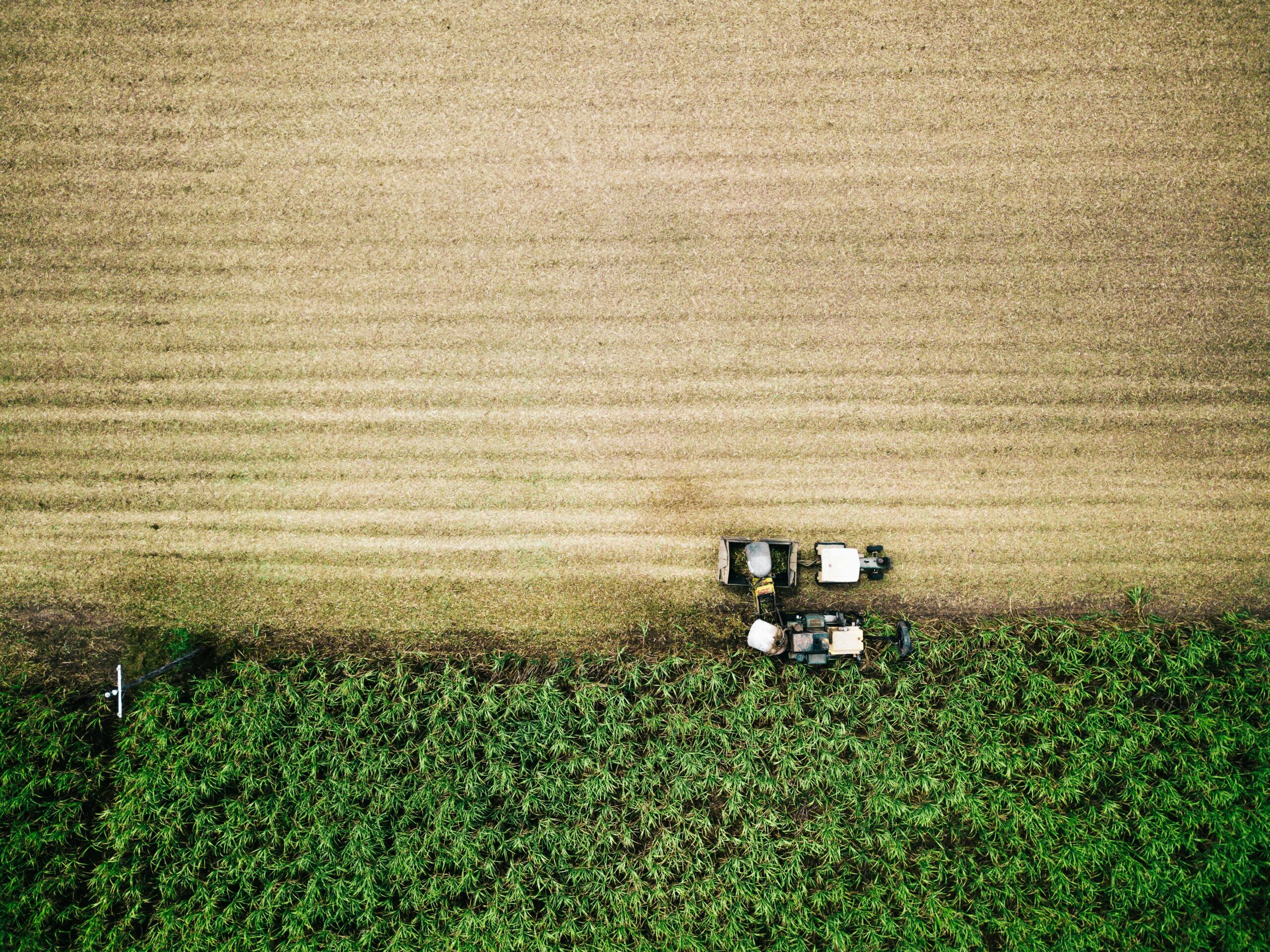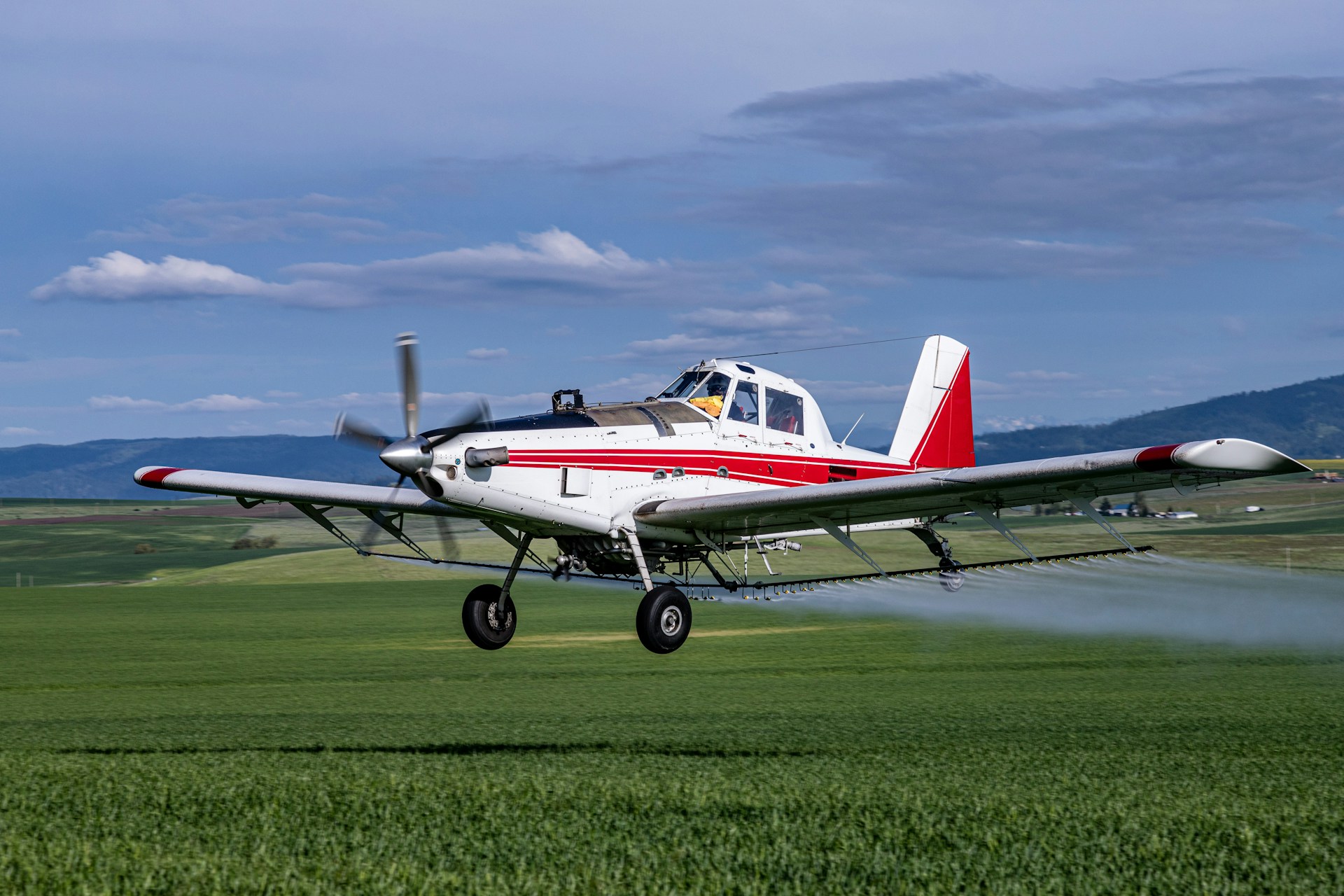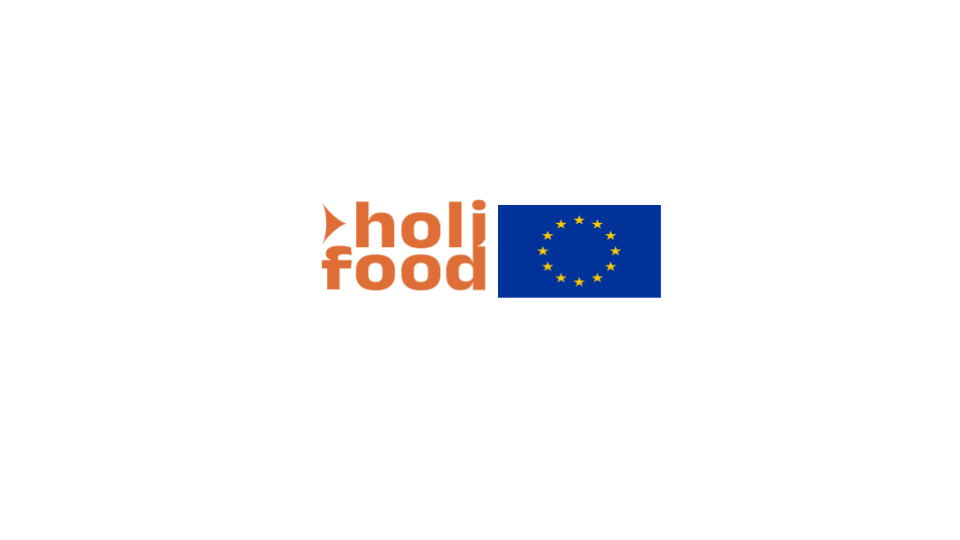
The Use and Misuse of Pesticides in the Agrifood Sector: A Double-Edged Sword
The agri-food sector is at the heart of global food security, ensuring a steady supply of food to meet the demands of a growing population. However, the use of pesticides, while critical in enhancing agricultural productivity, presents significant challenges and hazards.
Pesticides include a variety of chemical and biological agents used to manage pest populations. Insecticides target and eliminate insects harmful to crops, while herbicides control weeds and unwanted vegetation. Fungicides are used to prevent and treat fungal infections that can devastate crops, and rodenticides help manage rodent populations that can damage crops and stored food supplies. Each type of pesticide plays a specific role in protecting agricultural productivity and ensuring food quality.

How do pesticides help enhance the food safety, quality, and productivity of fresh produce?
Pesticides play a vital role in ensuring the food safety of earth-grown ingredients & products. Some of these include:
- Increased Agricultural Productivity: Pesticides play a crucial role in protecting crops from pests and diseases, leading to higher yields and more stable food supplies.
- Economic Gains: Enhanced crop productivity translates to increased revenue for farmers and contributes to the economic stability of agricultural communities.
- Improved Quality of Produce: Pesticides help in maintaining the aesthetic and nutritional quality of fruits and vegetables, making them more appealing to consumers.
However, there is a growing concern about the misuse of pesticides in order to increase productivity and meet increasing demand for fresh products.
What are the risks of increasing pesticide misuse?
However, in order to meet demand and productivity, producers are overusing pesticides to increase their yields and prevent potential product loss, facing unprecedented extreme weather events due to climate change. This misuse can have grave effects on the industry and the safety of food products such as:
- Environmental Impact: Excessive and improper use of pesticides can lead to soil degradation, water contamination, and loss of biodiversity.
- Health Hazards: Residues of pesticides in food products pose significant health risks to consumers, including potential links to cancer, neurological disorders, and hormone disruption.
- Resistance Development: Overuse of pesticides can lead to the development of resistant pest species and antibiotic resistant genes in general, rendering certain pesticides ineffective and necessitating the use of stronger, potentially more harmful chemicals.

Pesticides as Hazards in Food Products
The presence of pesticide residues in food products is a growing concern for consumers and regulatory bodies. Ensuring food safety requires stringent monitoring and regulation of pesticide levels in food products. Here are some key areas of focus for pesticide application:
- Maximum Residue Limits (MRLs): Regulatory standards that establish the highest level of pesticide residue legally allowed in or on food products to ensure they are safe for consumption.
- Pre-Harvest Intervals (PHIs): The minimum number of days between the last application of a pesticide and the harvest of the crop, ensuring that residue levels decrease to acceptable limits.
- Monitoring and Testing: Regular testing of food products for pesticide residues to ensure compliance with safety standards.
- Consumer Awareness: Educating consumers about the risks associated with pesticide residues and promoting the consumption of organic or minimally treated produce.
What is the Role of AI in Early Warning and Prediction?
Artificial Intelligence (AI) can significantly enhance the management of pesticide use in agriculture. Here are some ways AI can contribute:
- Predictive Analytics: AI can analyze vast datasets to predict pest outbreaks and identify optimal times for pesticide application, reducing unnecessary use.
- Early Warning Systems: AI-driven sensors and monitoring systems can detect early signs of pest infestations or pesticide residue levels, allowing for timely interventions.
- Decision Support Systems: AI can provide farmers with real-time recommendations on pesticide use, based on weather patterns, crop health, and pest activity, ensuring more targeted and efficient application.
While pesticides are indispensable tools in modern agriculture, their misuse poses significant environmental and health risks. Striking a balance between the benefits and hazards of pesticide use is essential. This involves adopting integrated pest management practices, improving regulatory frameworks, and raising awareness about the safe use of pesticides. By leveraging AI technologies, we can enhance early warning systems and predictive capabilities, ensuring a more sustainable and safe food supply.
Want to receive helpful food safety intelligence in your inbox?
This report was prepared under the HOLiFOOD project.
HOLiFOOD is a project that has received funding from the European Union’s Horizon Europe research and innovation programme HOLiFOOD (Grant Agreement Number 101059813). Views and opinions expressed are, however, those of the author(s) only and do not necessarily reflect those of the European Union or European Research Executive Agency. Neither the European Union nor the granting authority can be held responsible for them. Project website: https://holifoodproject.eu









